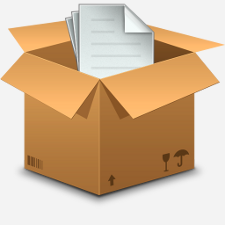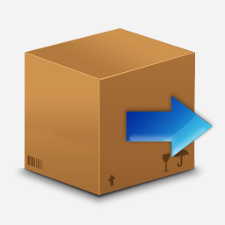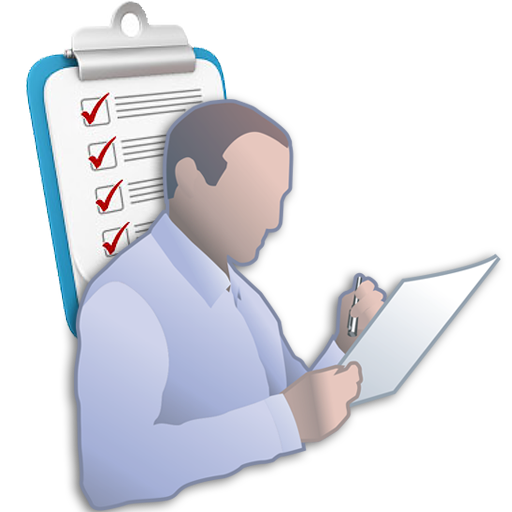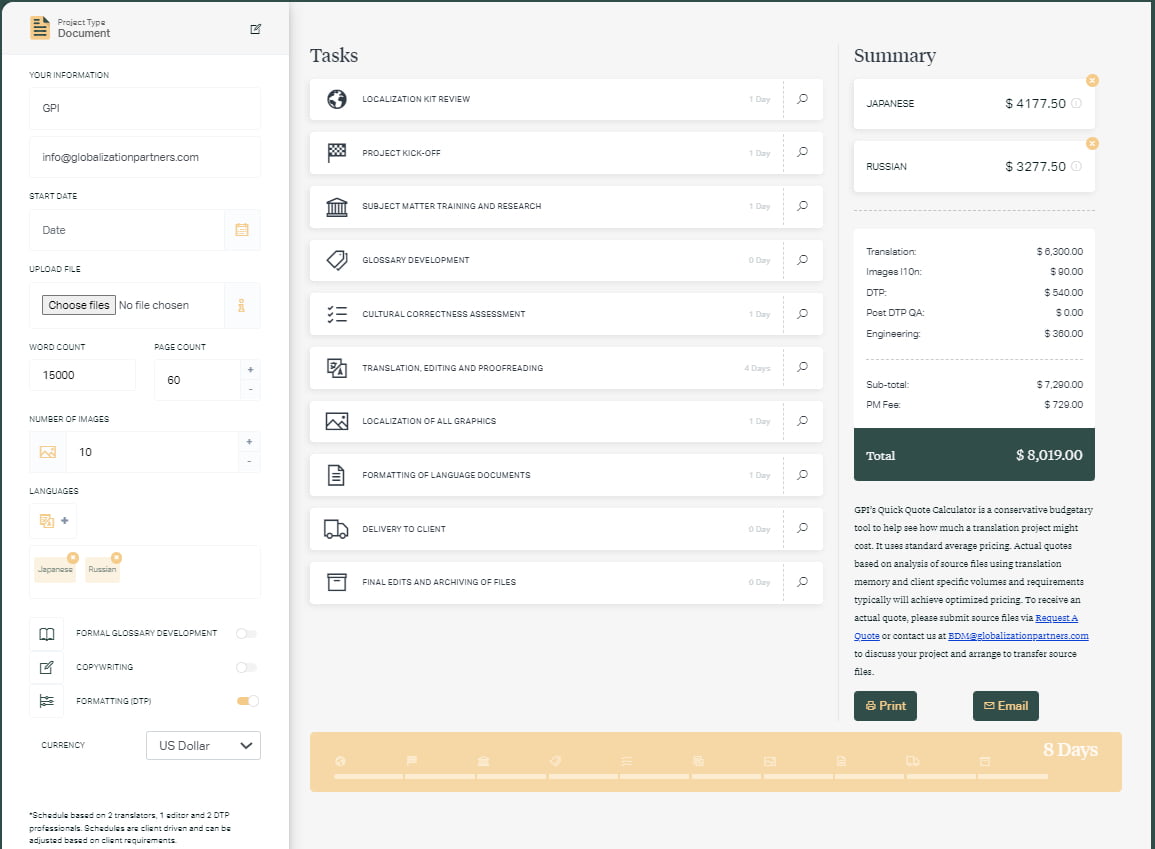Preparing a Document Translation Quote or Budget
Whether you need to translate brochures or books, menus or management reports, preparing a document translation quote is a fairly straight forward process. This is the second in my “Budgeting for Translation” blog series. You can read the first one, Audio/Video Translations: Preparing a Translation Budget, which covers how to budget for a multimedia audio and/or video translation project.

In addition, GPI’s Translation Portal has two tools to help you scope translation projects for documentation and for preparing budgets.
You can access these free tools at www.translationportal.com.
In this blog I will cover document translation project preparation and quoting including:
- How to prepare your documentation files (localization kit) for translation
- How to create a document translation budget or get a quote
Some General Questions on Documentation Translation Projects
When preparing your document translation project, you need to collect some basic information in addition to your source files and artwork. Regarding the translation part of the project, you will need to answer the following questions:
- What languages do you need (Arabic, French, Spanish, etc…)?
- Do you have any speakers of the target languages with knowledge of your products/services?
- Who can serve as your company’s reviewer of the translations you will complete?
- Do you have design and/or brand style guides?
- Has your company translated before, specifically the documents you want translated now?
- Did your previous translators use “translation memory” technology? Can you send it to us?
- Have you ever developed a glossary of terms for your business?
- Do you have any reference materials that can be reviewed such as product demos, training videos, whitepapers, web content)?
Regarding the desktop publishing (formatting/page design) part of the project, you will need to answer the following questions:
- What DTP applications were used to create the documentation? Include version #s. (i.e., InDesign, FrameMaker, Photoshop, etc…)
- Were the graphics created using layers feature? Do you have the original graphics?
- If the documentation has graphics such as screen captures, will you be providing the localized screen captures?
- Can you send all required fonts?
- What final output do you need? PDF optimized for screen, print or press?
After you answer the above questions, you can prepare your source files also known as a “localization kit” to be sent to the translator or agency.

Preparing your Document Source Files (“Localization Kit”)
For a document translation project your localization kit should include:
- Source files
- All application files in their original file format
- All graphic files in their original format
- Reference material to be reviewed such as:
- Glossaries
- Past translations
- Style guides
- Pronunciation guidelines
- Translation memories built from previous translations
After all source files are provided to your translation team or translation company, they would be analyzed for:
- Number of words
- Languages
- Desktop publishing-design requirements for both text documents and graphics
- File formats needed
- Process for client review and approval of all translations
After the detailed review and analysis are complete, a quotation can be provided with the timeline, tasks and costs required to complete the project.

Preparing your Document Budget or Quote
A standard document translation quote should consist of:
- 15,000 words
- General subject matter
- 60-page brochure
- FrameMaker source files
- 10 graphics have text that requires graphic localization
- Translation from English into two languages, Japanese and Russian
Note:
- Per word rates can vary between languages due to:
- Subject matter
- Results of translation memory usage (previous translations)
- Standard or enterprise pricing
- Desktop Publishing (DTP) hours can vary
- depending on complexity of the design/formatting
- standard FrameMaker w/graphic localization = 10-12 pages/hr
- Glossary is assumed to have been completed or provided already

